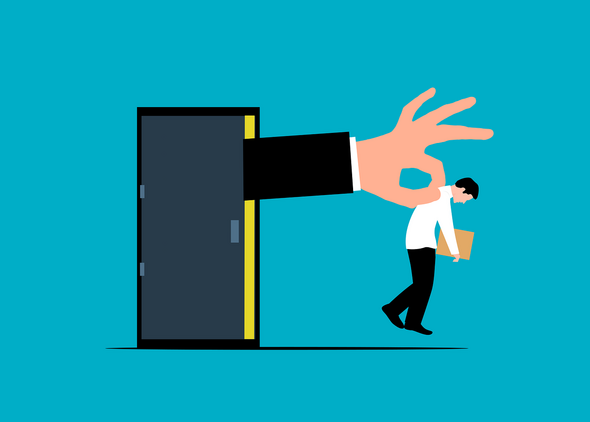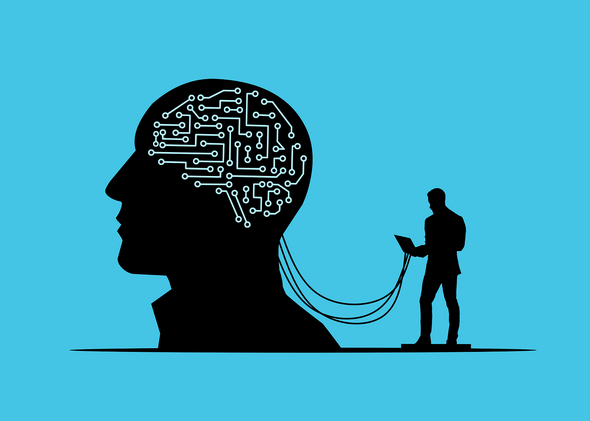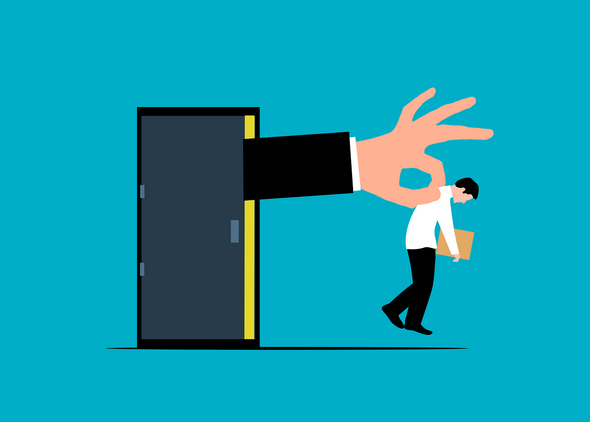Table of Contents
Picture this: you’re trying to sink into self-hypnosis, but instead of feeling calm and focused, your mind keeps replaying a memory of stress or anxiety. No matter how hard you try to relax, that inner picture won’t go away.
Richard Bandler, co-founder of NLP (Neuro-Linguistic Programming), discovered a fascinating truth: it’s not just what you think about that matters, but how you experience it in your mind. He called these inner qualities submodalities—the little details that shape your mental images, sounds, and feelings.
For example, notice the difference between these two inner pictures:
- A huge, bright, colorful image of a mistake you made—looming right in front of your face.
- A small, faded, black-and-white snapshot of the same mistake—shoved way off in the distance.
Which one feels heavier? Exactly. The meaning changes because the submodalities changed.
How to Use Submodalities in Self-Hypnosis
You can use this same principle to drop yourself into trance more quickly and more deeply. Here’s a simple exercise:
Guided Self-Hypnosis Script
- Close your eyes and take a slow, comfortable breath. Allow your shoulders to soften just a little more with each exhale.
-
Bring to mind a stressful thought—a situation that’s been nagging at you. Don’t dive into it; just notice how it appears in your mind.
- Is the image close or far?
- Bright or dim?
- Still or moving?
- If there’s sound, is it loud or soft?
- Now, change the coding. Imagine shrinking the image until it’s the size of a postage stamp. Dim the colors, drain them to black-and-white, and push it far away, as if it’s floating off into the distance. Turn the volume down until the sound fades.
- Notice how your body feels when that image loses its intensity.
-
Now, create a new image. Picture yourself in a state of deep calm and focus, exactly how you’d like to feel in trance.
- Make this image bright, colorful, and close.
- Imagine stepping into it—seeing through your own eyes, hearing your own calm inner voice, and feeling that wave of relaxation spread through your body.
- Breathe into the state. Each inhale brightens the image, each exhale deepens the calm.
Stay with that feeling for a few minutes, allowing your body and mind to absorb it.
Why This Works
Your subconscious is highly responsive to sensory coding. By tweaking submodalities, you’re essentially flipping the switches your mind uses to decide what feels urgent and what feels unimportant. Instead of wrestling with thoughts, you’re reshaping them—making the negative fade and the positive expand.
This simple shift helps you slide into trance naturally, without forcing it.
✨ Want to go deeper?
Submodalities are just one of many advanced tools we use in our coaching program to help people achieve real, lasting change with self-hypnosis. Email:support@selfhypnosiscoach.com to schedule a time to see if we shuold work together.



